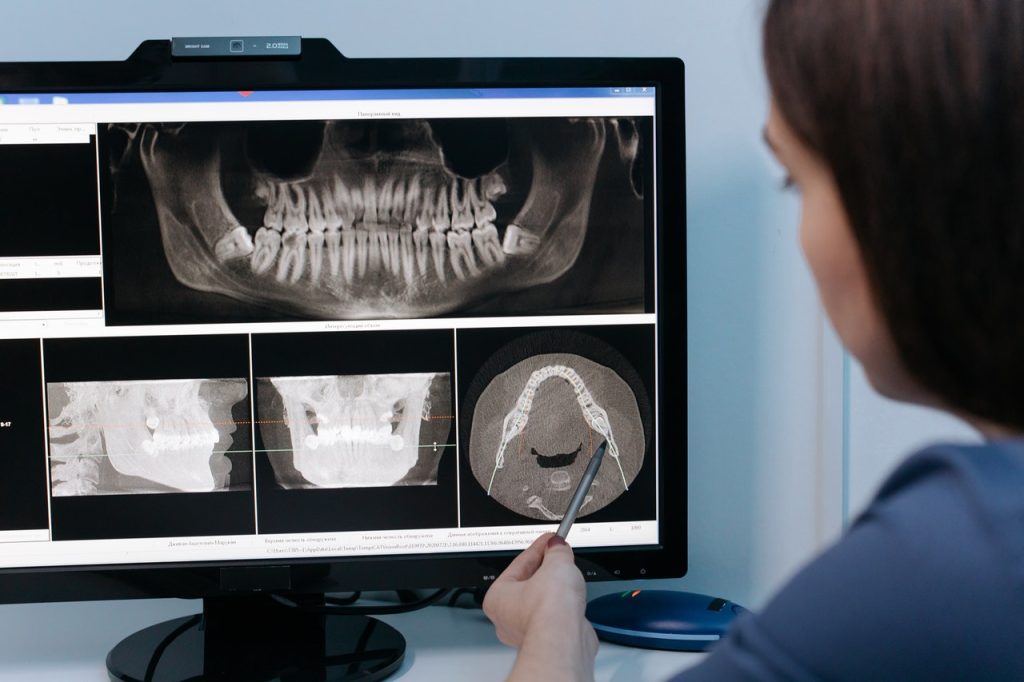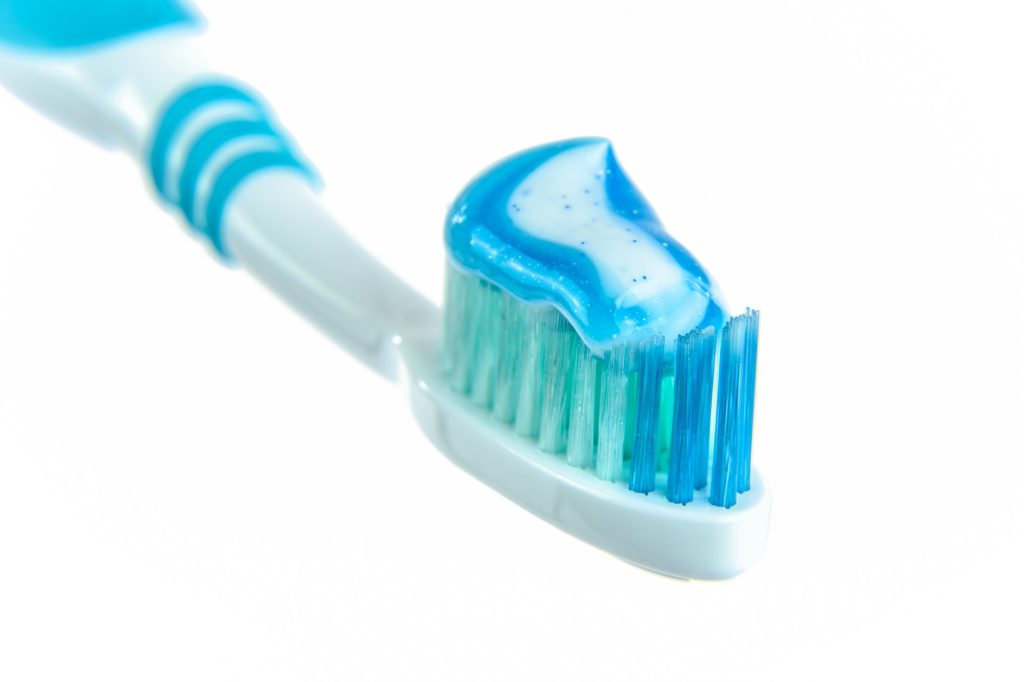Have you ever experienced the frustration of a missing tooth? It can be a real downer, affecting your confidence, speech, and ability to enjoy your favorite foods. Thanks to the wonders of modern dentistry, dental implants can come to the rescue. Not only do they provide a natural-looking solution for missing teeth, but they also offer many long-term benefits beyond mere aesthetics. So, let’s dive into the fantastic advantages dental implants bring.
Restored Chewing Power
One of the most significant advantages of dental implants is their ability to restore chewing power. Unlike traditional dentures that may slip or cause discomfort, dental implants offer a stable and secure foundation for biting and chewing. You can enjoy your favorite foods without worrying about your teeth shifting or becoming loose. Dental implants empower you to savor every bite with confidence, whether it’s a juicy steak, a crunchy apple, or a delicious corn on the cob. Got broken or chipped teeth? Contact emergency dentist Lethbridge right away.
Enhanced Speech
Missing teeth can significantly impact your speech, causing slurring or mumbling. Dental implants can help restore your speech clarity and enable you to speak naturally again. With dental implants, you won’t have to worry about mispronouncing certain words or feeling self-conscious when conversing. You can express yourself freely and confidently, just like before.
Natural Look and Feel
When it comes to cosmetic dentistry, dental implants are like the superheroes of smile restoration. They are designed to closely resemble your natural teeth in terms of both appearance and functionality. With dental implants, you can smile brightly, knowing that your teeth look natural and blend seamlessly with the rest of your smile. They also feel like natural teeth, providing a comfortable and familiar experience. Dental implants Kamloops can restore a missing tooth and give you a smile that looks completely natural.
Durability and Longevity
Dental implants are a long-term investment in your oral health. Dental implants are built to last, unlike other tooth replacement options that may require frequent replacements or repairs. Made from biocompatible materials such as titanium, they fuse with your jawbone to create a strong and durable foundation. With proper care and regular dental check-ups, dental implants can last a lifetime, saving you time and money in the long run.
Improved Oral Health
Did you know that missing teeth can lead to various oral health issues? Gaps in your smile can cause neighboring teeth to shift or become unstable, leading to bite problems and jawbone deterioration. Dental implants fill those gaps, preserving the integrity of your smile and preventing further oral health complications. By choosing dental implants, you’re restoring your smile and protecting your oral health in the process.
Boosted Self-Confidence
Imagine the joy and confidence of a complete, beautiful smile. Dental implants can help you regain your self-assurance and unleash your radiant smile. You will no longer need to hide your teeth or cover your mouth when laughing or talking. With dental implants, you can embrace your smile and exude confidence in every aspect of your life. To help you get the smile you want, cosmetic dentistry Oakville offers dental services for your teeth and gums.
Conclusion
So, whether you’re considering cosmetic dentistry, seeking dental implants, or emergency dental services, remember the long-term benefits dental implants offer. From restored chewing power and enhanced speech to a natural look and feel, durability and longevity, improved oral health, and boosted self-confidence, dental implants have the potential to transform your life. Embrace the power of dental implants and unlock the door to a brighter, more secure future.








